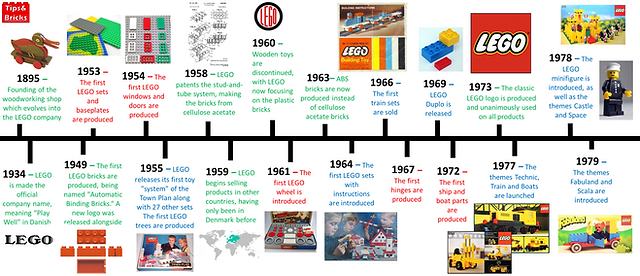When Ole Kirk Christiansen founded his workshop in Billund, Denmark in 1932, he made wooden furniture and toys. His business was not particularly successful and he had to struggle through the early 1930s. However, in 1934, he started focusing on building toys and changed the name of his company to LEGO, a contraction of the Danish words “leg godt” (play well).
In the 1960s, the business expanded to other Nordic countries. The company also created a smaller brick that was ideal for children with small hands and named it DUPLO places to take your kids in honor of the Latin word duplex (two-fold). This allowed children to build more detailed models.
In the 1970s, Lego began to incorporate new features to make its products stand apart from the other brands. For instance, they included an array of faces to their miniature figures. This made the minifigures appear more real and allowed them to express various expressions and emotions. The Lego Group added wheels to their bricks, which allowed the creation of vehicles and other machines.
The next major step was to introduce themed themes – systems within systems which allowed customers to create a particular world or a specific situation. The company was able to boost its brand’s recognition and draw an audience that was younger. The company also increased production by opening factories in South Korea and Malaysia.


More Stories
Εισαγωγή στο Regency Casino και τις υπηρεσίες λεωφορείου
Εισαγωγή στο Malina Casino 6
Πλάνο Άρθρου: Crown Casino Online